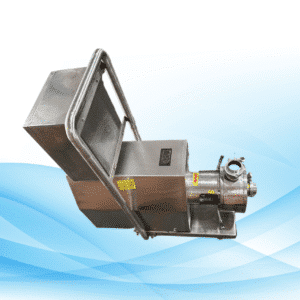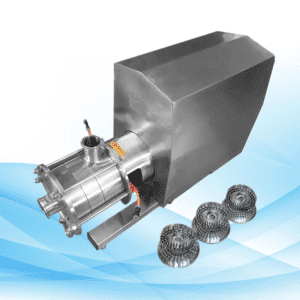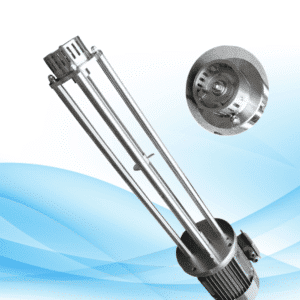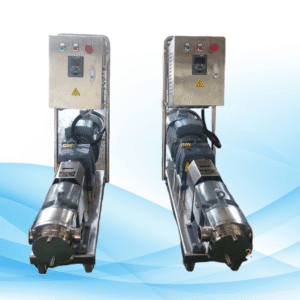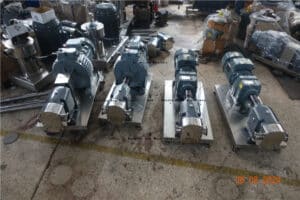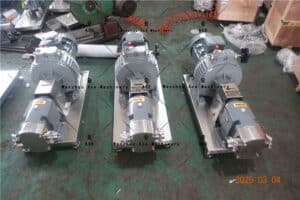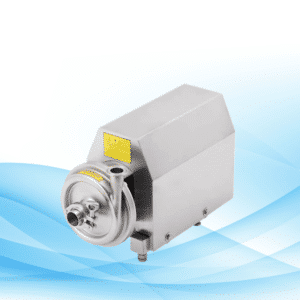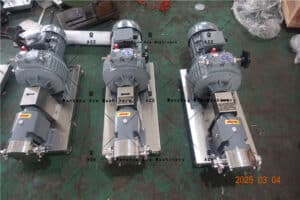Top Liquid Transfer Pumps: Improving Fluid Transfer Efficiency
Liquid transfer pumps often come in handy while dealing with different fluids. Selecting an appropriate pump can save lots of time, increase productivity, and save you from wasting resources whether you are working with water, chemicals, or fuel. It’s time now to discuss the benefits, applications, and combination of different types of fluid liquid transfer pumps so that necessary decisions can be taken easily.
What Is A Liquid Transfer Pump?
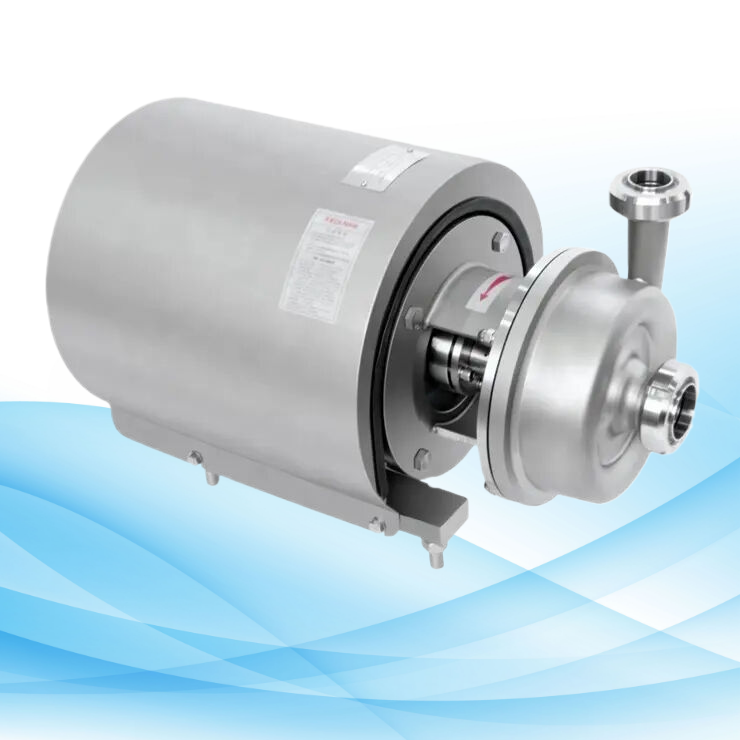
A liquid transfer pump is a metal machine which takes fluids from one place to another. These pumps are vital pieces of equipment in sectors like agriculture, construction, manufacturing, and even in some household chores. Liquid transfer pumps perform the transfer function simply and efficiently, thus saving you precious time and effort.
Key Features of Liquid Transfer Pumps:
- Can be used conveniently and moved to other locations.
- Can be used for various kinds of fluids.
- High flow rates to save time.
- Can withstand harsh conditions during use and thus survive for longer periods.
Types of Liquid Transfer Pumps

When selecting a liquid pumps, especially in A&B area of engineering, it’s important to ascertain the desired type in a more nuanced manner. We have compiled the different types below:
1. Manual Liquid Transfer Pumps
These types of pumps do not occupy any power sockets, making them perfect for small purpose tasks. Manual Liquid Transfer Pumps are commonly used to shift fuel or even water in situations where there is a complete draft of electricity.
Use these pumps for: transfers of limited amounts of liquid, affordable purposes.
2. Electric Liquid Transfer Pumps
Electric pumps have motors which increases the transfer rate in manifolds as compared to manual. In addition, the applicability of electric pumps is almost infinite – be it liquid filling in tanks or an industrial scale application.
Use these pumps for: large scale operations in industries.
3. Battery-Operated Liquid Transfer Pumps
As the name suggests, this type of pump is increasingly becoming very popular for remote regions, outdoor work, and even emergency scenarios as a means for shifting liquids due to its feasibility.
Use these pumps for: on-the-go refilling and transferring purposes.
4. Chemical Transfer Pumps
People quite often overlook the terms found on chemical transfer pumps. They are built with materials such as polypropylene and stainless steel to combat the damage inflicted by chemicals when dealing with corrosive and damaging liquids.
Use these pumps for: effortless chemical and corrosive liquid sifters.
5. Fuel Transfer Pumps
Pumps specifically designed to transfer fuels are very common in automotive and agricultural industry. Fuel Transfer Pumps are commonly found in industrial areas due to their specific purpose.
Best for: Diesel, gasoline, and others.
Applications of Liquid Transfer Pumps
Liquid transfer pumps are very helpful in many industries. Below, we provide information on the common sectors and situations where they can be applied:
1. Agricultural Use
Farmers employ liquid transfer pumps for field irrigation, hauling water, and for the distribution of fertilizers or pesticides.
2. Automotive and Fuel Industry
These pumps are key for the refueling processes of automobiles, for oil transfer, and management of automotive fluids.
3. Chemical Industry
In the chemical industry, liquid transfer pumps are utilized to securely transfer dangerous substances while minimizing the chance of spillage and contamination.
4. Construction
Construction sites utilize pumps while managing water drainage, concrete slurry, and other tasks that involve a fluid.
5. Domestic Use
Liquid transfer pumps serve homeowners for aquarium servicing, water removal, and even garden watering.
Advantages of Liquid Transfer Pumps
- Speed: A liquid transfer pump saves time and money by automating slidable transfer pump activities.
- Safety: Pumps also improve safety to operators by reducing the need for exposure to hazardous liquid pumping.
- Cost Effective: A liquid transfer pump involves an initial cost, but the reduction of manual pumping work and economy due dollars and cents spent will prove to be worth the investment.
- Flexibility: These pumps can efficiently pump out fluids ranging from water to highly aggressive chemicals. Thus, they can be used in different applications.
- Lightweight Construction: Several variants are portable and lightweight, enabling users to work with the machines in more difficult and far-away areas.
What To Consider When Purchasing A Liquid Transfer Pump
Bear the following in mind when buying a liquid transfer pump:
- Type of Liquid: Is the liquid you are dealing with water, fuel, or a corrosive substance? This will determine the level of compatibility the pump will have with the material.
- Flow Rate: Flow rate which is determined in liters per minute (LPM) or gallons per minute (GPM) illustrates the efficiency of the pump in radiating liquid.
- Power Source: If you have access to electricity all the time, then an electric powered unit is ideal. Or you can even opt for battery-operated or manual options for greater portability.
- Quality: Pumps made of materials that resist corrosion will have a longer shelf life when they come into contact with aggressive chemicals.
- Comfort/Simplicity: Simplicity features such as automatic shutoff, flow balance, and special grips make the pump more convenient to use.
How To Maintain A Liquid Transfer Pump for Better Performance
Liquid transfer pumps will require some beneficial maintenance practices to increase the life span of the equipment:
- Cleaning the Pump Periodically: To avoid congestions, the pump head should be washed out after each operation.
- Evaluate Parts: Inspect seals, hoses, and connectors for any damages or deterioration.
- Use of Oils: Apply oil on moving parts to reduce damage from friction.
- Storage Conditions: To minimize the risk of corrosion, keep the pump at room temperature in a dry location.
- Manufacturer’s Instructions: Follow the guidelines set by the manufacturers concerning maintenance works.
Frequently Asked Questions About Liquid Transfer Pumps
- How does a chemical transfer pump differ from a fuel transfer pump? A chemical transfer pump is used for transferring corrosive or hazardous liquids, whereas a fuel transfer pump is used for safely transferring gasoline and diesel.
- Is a liquid transfer pump suitable for drinking water? Absolutely, but it is crucial that the pump is manufactured from food-grade materials and inspected for safety standards to ensure it’s suitable for drinking water.
- What is the reasonable estimation of the lifespan for a liquid transfer pump? Lifespan heavily relies on the amount used, the maintenance done on the pump, as well as the material quality of the device itself. With adequate maintenance, the service life can expand significantly.
- How efficient are manual liquid transfer pumps? For small to medium-sized tasks, manual pumps are considered effective, but they are not convenient for large-scale tasks frequently.
- Leakage During Liquid Transfer: What Are The Preventive Measures? To prevent leaks from occurring, make sure all connectors and seals are properly fastened and use hoses of other specifications.
Conclusion
A liquid transfer pump is a critical tool for effective fluid management in a wide range of industries. Learning about the different types, uses, and most importantly the maintenance will help you choose the right pump, which is also opt in for dependability. Buying a high quality liquid transfer pump will save you time, effort, and resources whether as a farmer or a contractor or even for household fixes.
Trusted suppliers and manufacturers from the market have more information and curated selections of other top fueling pumps. Make your fluid management easier with the right equipment!

